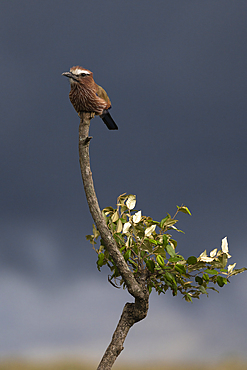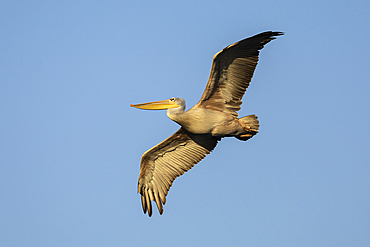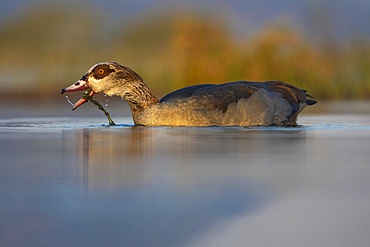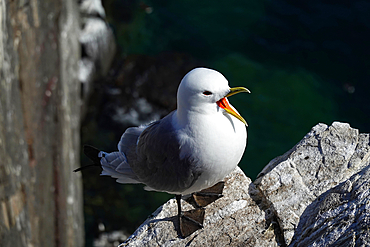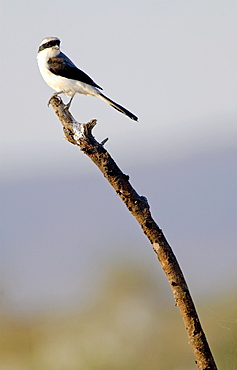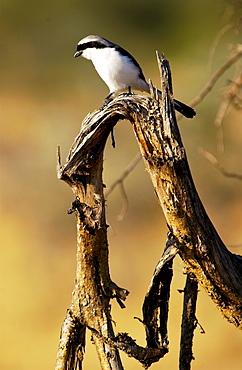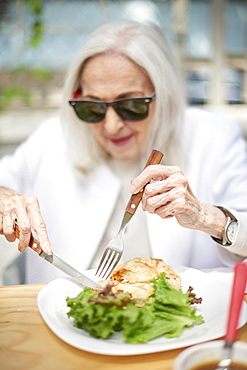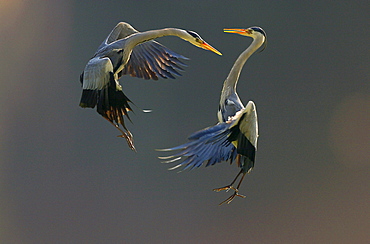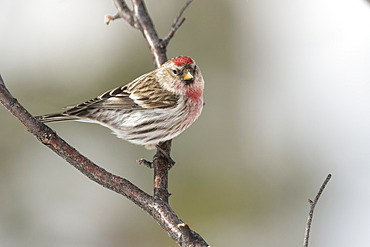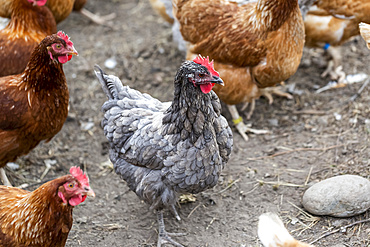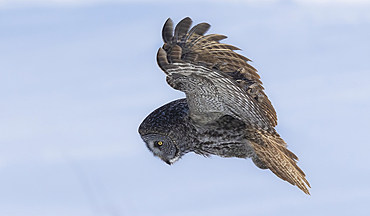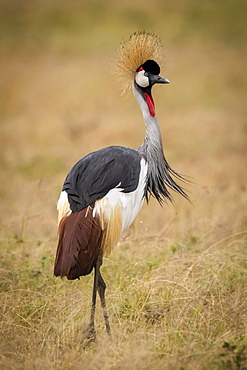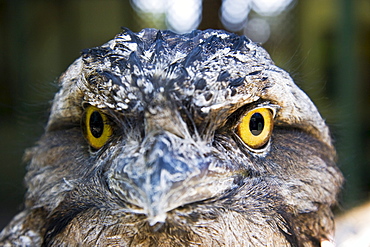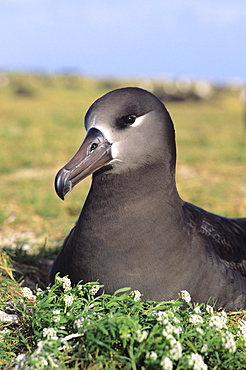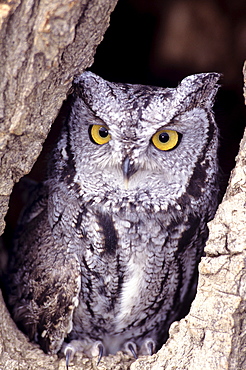Results
16 results found
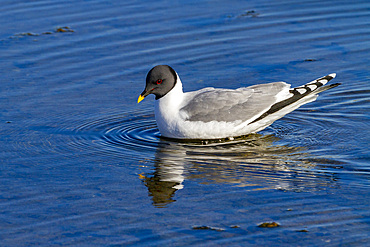
An adult Sabine's Gull (Xema sabini) in melt water pool in the Svalbard Archipelago, Norway, Arctic, Europe

Adult Swallow-tailed gull (Creagrus furcatus) on Espanola Island in the Galapagos Island Archipelago, UNESCO World Heritage Site, Ecuador, South America
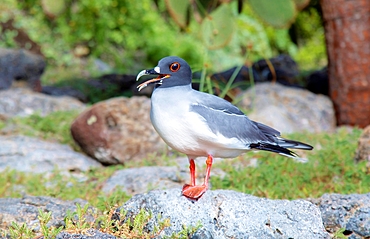
Adult Swallow-Tailed Gull, showing breeding season red rimmed eye, a nocturnal equatorial seabird, found almost exclusively in the Galapagos Islands, UNESCO World Heritage Site, Ecuador, South America
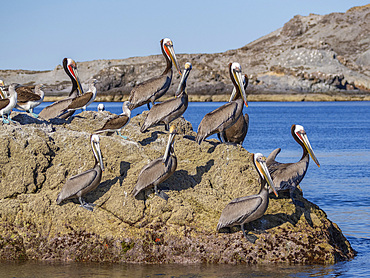
Adult brown pelicans (Pelecanus occidentalis), on a small islet near Isla Salsipuedes, Baja California, Mexico, North America
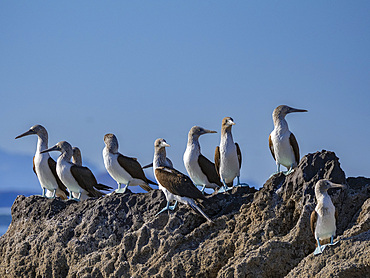
Blue-footed boobies (Sula nebouxii), on a small islet near Isla Salsipuedes, Baja California, Sea of Cortez, Mexico, North America
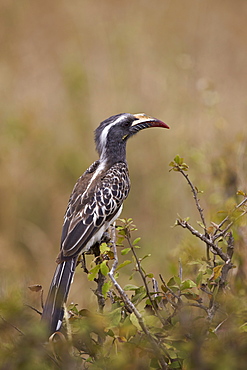
African grey hornbill (African gray hornbill) (Tockus nasutus), female, Serengeti National Park, Tanzania, East Africa, Africa
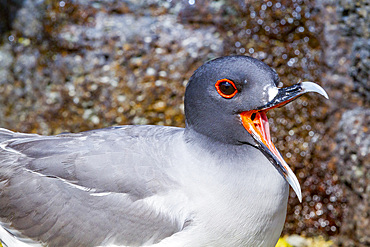
Adult Swallow-tailed gull (Creagrus furcatus) in the Galapagos Island Archipelago, UNESCO World Heritage Site, Ecuador, South America

Juvenile gray-crowned rosy-finch (Leucosticte tephrocotis), Glacier National Park, Montana, United States of America, North America
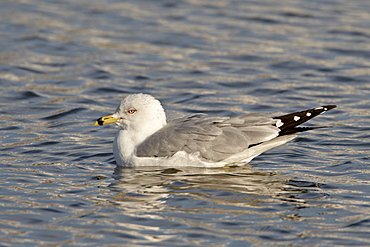
Ring-billed gull (Larus delawarensis) on the water, Farmington Bay, Utah, United States of America, North America
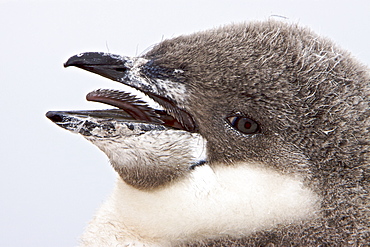
Chinstrap penguin (Pygoscelis antarctica) chick head detail at colony on Useful Island near the Antarctic Peninsula. There are an estimated 2 million breeding pairs of chinstrap penguins in the Antarctic peninsula region alone, perhaps as many as 7.5 million breeding pairs in all of Antarctica. Their name derives from the narrow black band under their heads which makes it appear as if they are wearing black helmets, making them one of the most easily identified types of penguin. Other names for them are "Ringed Penguins", "Bearded Penguins", and "Stonecracker Penguins" due to their harsh call. They grow to 68 cm (27 in). The average adult weight of a Chinstrap Penguin is 4.5 kg (10 lbs). Weight can range from 3 to 6 kg (6.6-13.2 lbs), with males being slightly larger and weight varying based on where the penguin is in the breeding cycle. Their diet consists of krill, shrimp, and fish. On land they build circular nests from stones, and lay two eggs, which are incubated by both the male and the female for shifts of five to ten days. They can also breed on icebergs, though they prefer non-icy conditions. The chicks hatch after about 35 days, and have fluffy gray backs and white fronts. The chicks stay in the nest for 20?30 days before they go to join a creche. At around 50?60 days old, they moult, gaining their adult plumage and go to sea. The Chinstrap Penguin was first described by German naturalist Forster in 1781. Its specific epithet was often seen as antarctica, however a 2002 review determined the genus Pygoscelis was masculine, and hence the correct binomial name is Pygoscelis antarcticus.
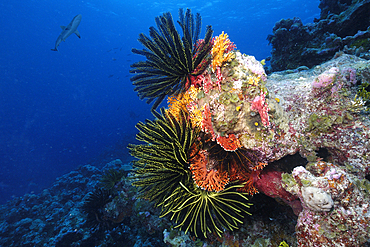
Red (Lace) coral, Distichopora violacea, feather stars, and juvenile gray reef shark, Carcharhinus amblyrhynchos, Ailuk atoll, Marshall Islands, Pacific
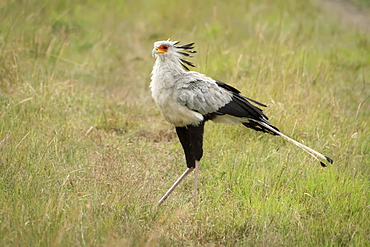
Secretary bird (Sagittarius serpentarius) walking across grass facing left, Serengeti National Park, Tanzania

Marabou stork (Leptoptilos crumenifer) stands facing right on branch, Serengeti National Park, Tanzania
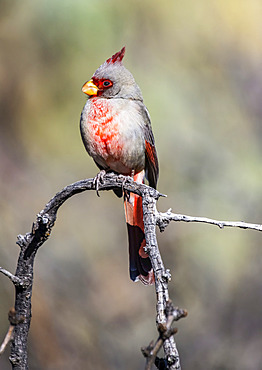
Male Pyrrhuloxia (Cardinalis sinuatus) perched on a dead branch in the foothills of the Chiricahua Mountains near Portal; Arizona, United States of America
